
Walsingha
Walsingham, in north Norfolk

Walsingham, in north Norfolk
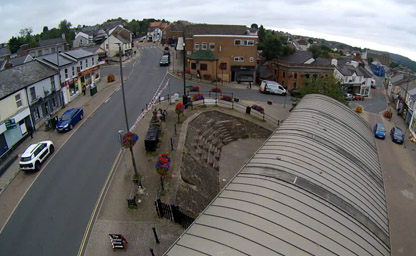
See what is happening in the Cinderford Triangle

Serving the heart of the Forest
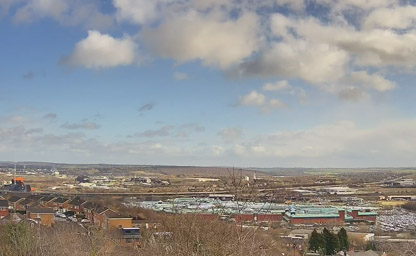
The mainly industrial north-east quarter of Sheffield
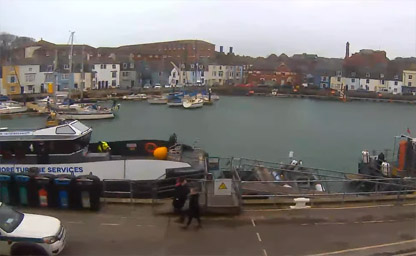
An ideal location for South Coast cruising holidays
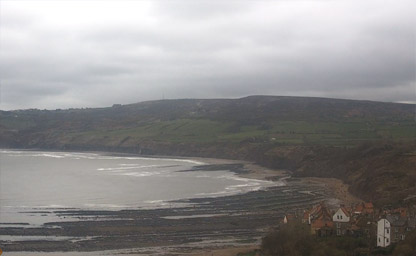
A beautiful old fishing village on the Heritage Coast of the North York Moors
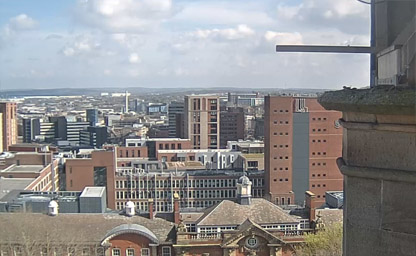
A beautiful city in the English county of South Yorkshire
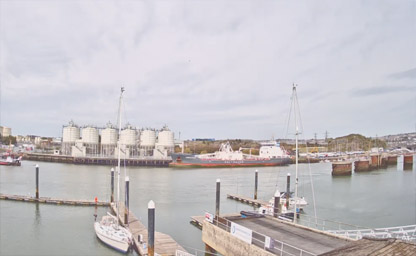
A beautiful port city in Devon, southwest England
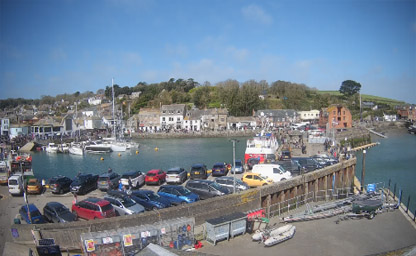
A civil, town, parish and fishing port on the beautiful north coast of Cornwall

One of 3 major shingle beach structures in Britain

On the southern edge of the Mendip Hills near Wells in Somerset

A historic port town on the estuary of the River Torridge in north Devon
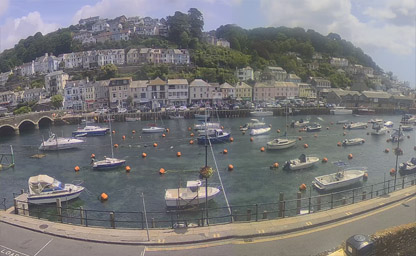
A coastal town and civil parish in south-east Cornwall
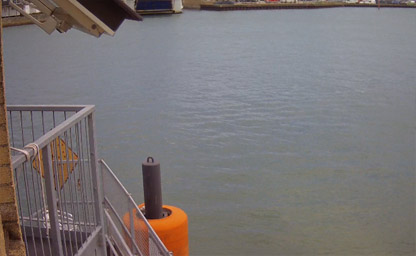
A vehicular chain ferry which crosses the River Medina

A road bridge being built to span Lake Lothing in the town of Lowestoft
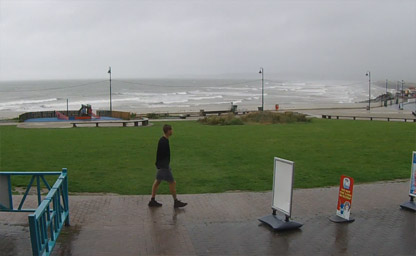
A delightful seaside village near Bideford in the north of Devon

A coastal town and civil parish in the borough of Torbay
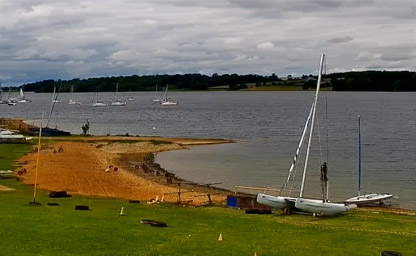
The county town of Rutland in the East Midlands of England

A market town in the borough of East Staffordshire

It lies by the English Channel at the Dorset–Devon border

An airport in Barton-upon-Irwell, Greater Manchester
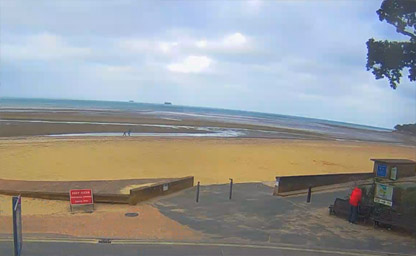
An area of Ryde on the Isle of Wight
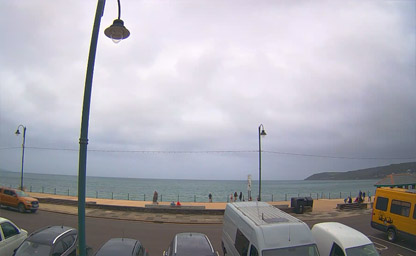
A civil parish and port in the beautiful Penwith district of Cornwall

The iconic Penzance promenade stretches the seafront

A seaside pier in the town of Clevedon, Somerset

Front south east corner of the workshop with the left camera facing north east along Church Road
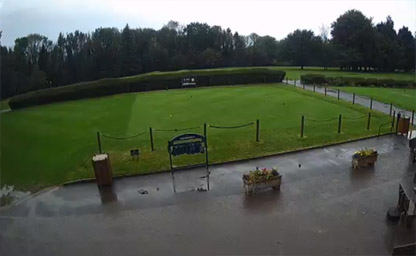
Located just 10 minutes from Bristol's city centre
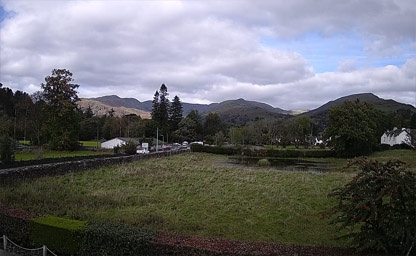
A town and former civil parish in the Westmorland and Furness district of Cumbria
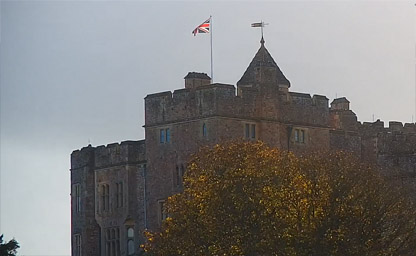
A village and civil parish in Somerset
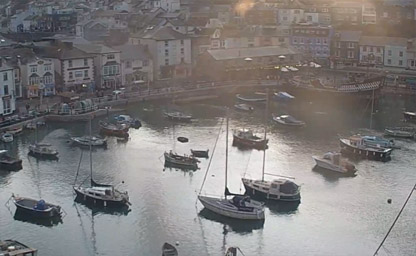
Wonderful views across the harbour of the historic town of Brixham

Overlooking the Wash and is to the northwest of the Town centre

A coastal village on the Roseland Peninsula in Cornwall
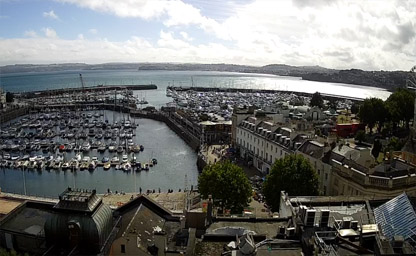
The joys of the beautiful South Devon

Enjoy the stunning view from our Pooley Bridge

The Yorkshire Three Peaks with a backdrop of the Lake District fells

Unarguably the most iconic of all the Cornish seaside towns and home of surfing

It is the largest of the six international airports in the London airport system
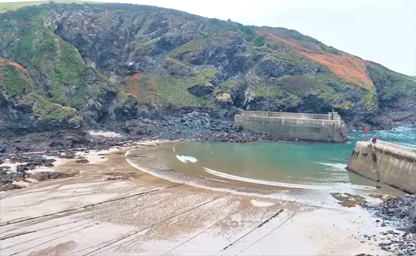
A small fishing village on the Atlantic coast of north Cornwall
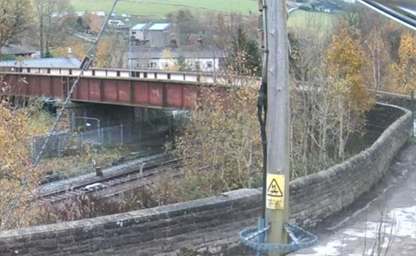
Situated between Huddersfield (Left) and Manchester (Right)
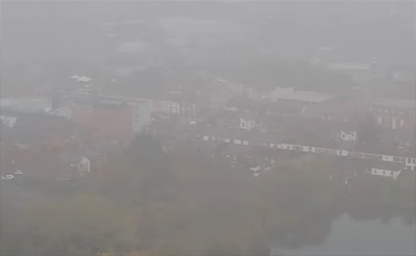
A lift-testing tower built by the Express Lift Company off Weedon Road
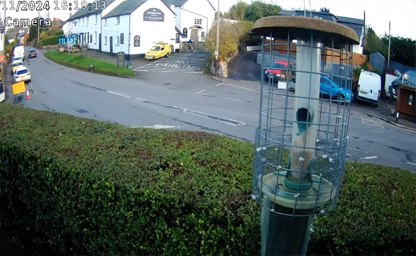
The charming neighbourhood and a glimpse of The Maltsters Arms Pub
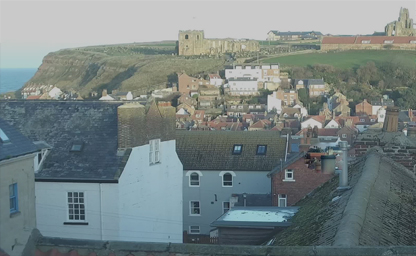
View from the top floor over to St.Marys Church and the Abbey

East-southeast of the central area of Birmingham
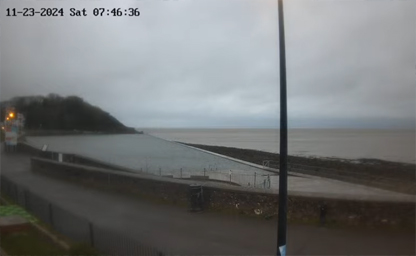
A large salt water tidal infinity pool with stunning panoramic views
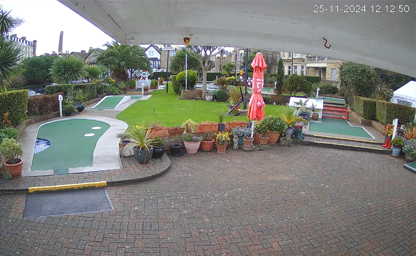
See minigolf from the beautiful coastal town of Broadstairs in Kent

This feed features live boxing training and sparring

Kick back and relax on a virtual Tube journey

Located at the intersection of York Street, a stretch of the A256 route, and Townwall/Snargate Street, a stretch of the A20 road

Views from the seaside resort town of Dawlish, the views are brought to you by Dawlish Beach and Dawlish Town Council
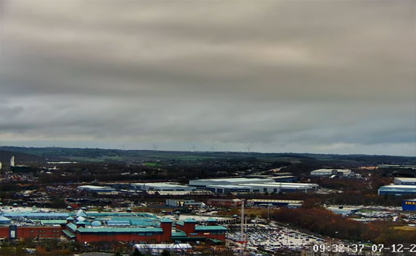
Located from towards south-east Lower Don Valley, in South Yorkshire
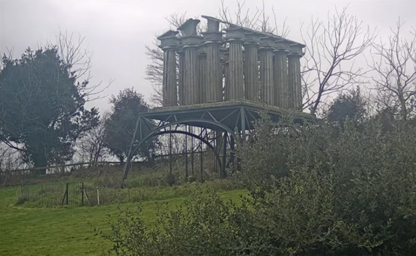
Located in the sculpture park, Gulval, overlooking St Michael’s Mount
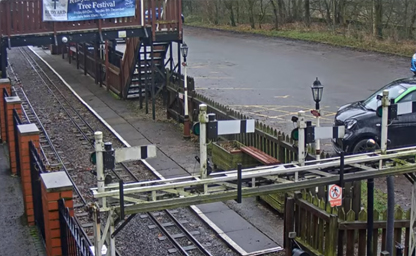
A scenic trip on a steam train along the side of the Historic Rudyard Lake
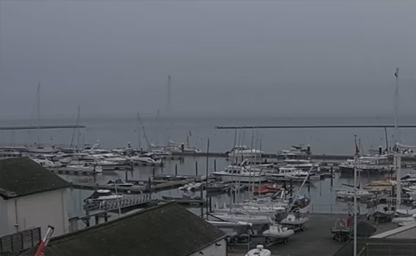
The ferries on this river - the River Medina, connect the towns of Cowes with East Cowes
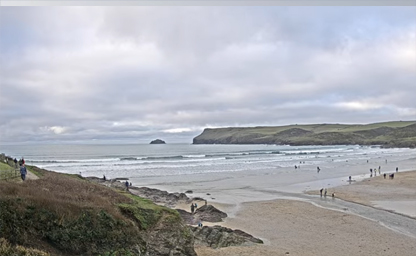
A Sandy beach located near Wadebridge in Cornwall
From the cobbled streets winding through England's rich and ancient history to the hidden corners only locals know, live cameras spread throughout the country offer a captivating window into everyday life and the timeless beauty of this land. I was born and raised here, in a place where every stone has a story and every landmark breathes the legacy of kings, poets, battles, and traditions. I know this country like the back of my hand, and watching these live feeds feels like walking once again through the heart of England’s living history.
Most of feeds are placed in the iconic tourist hotspots—places that have witnessed centuries of transformation yet still stand proud and untouched by time. Take, for instance, the live camera fixed on London’s Tower Bridge. I remember crossing it as a child, mesmerized by its Gothic towers and the slow rise of the bascules to let boats pass beneath. Now, thousands of people from around the world can witness the same scene in real time, feeling just a bit closer to the soul of London.
In Trafalgar Square, you can watch the hustle and bustle of tourists, street performers, and everyday Londoners, all moving through a space steeped in history. I often recall my grandparents’ stories of wartime rallies and royal celebrations held there. Every camera tells a story—not just of what’s happening now, but of everything that’s happened before.
These webcams are not just limited to London. They stretch out across the countryside, capturing the rolling green hills of the Lake District, the stone cottages of the Cotswolds, the medieval majesty of York’s city walls, and the stormy cliffs of Dover. As someone who’s roamed these landscapes for decades, I can tell you that each frame holds a part of England’s heart.
What I love most is how these feeds blend the old with the new. They show how modern life coexists with historical landmarks, how tradition and innovation walk hand in hand. You might catch a double-decker bus passing Westminster Abbey or children playing in the shadow of a thousand-year-old castle. It’s a beautiful contradiction that makes England so unique.
These cams have become more than surveillance—they’re digital storytellers. They connect past and present, inviting the world to explore England not just as a destination, but as a living, breathing narrative. Whether you’ve never set foot here or you, like me, have walked these roads a thousand times, the view through these lenses never fails to inspire a sense of wonder, pride, and reflection.
During the early medieval era, the Anglo-Saxon kingdoms emerged, crafting a distinctive culture that would later influence the fabric of modern English society. Their intricate legal systems, poetic traditions, and pioneering agricultural practices ushered in an era that balanced tradition with innovation. The melding of various cultural strands, including those from the native Britons and incoming Anglo-Saxons, culminated in a hybrid society that celebrated both the rustic and the regal. England became a melting pot of languages, customs, and art forms, a characteristic that continues to attract history enthusiasts and tourists alike. These aspects of early medieval culture are frequently mentioned by those planning heritage travel in England, making the “ancient sites England” and “medieval history England” popular search engine queries.
The Norman Conquest in 1066 was a pivotal moment in England’s narrative. When William the Conqueror’s forces crossed the channel and claimed the crown, the event transformed the social, political, and architectural landscape of the nation. The Normans introduced a new feudal structure, constructing imposing stone castles that today serve as poignant reminders of the country’s martial history. The Tower of London and Windsor Castle are exemplary symbols of this era, drawing millions of visitors who search for “historic castles in England” and “Norman architecture England.” The blend of Norman military strategy and Anglo-Saxon traditions spurred a cultural synthesis that would later give rise to the English language and legal framework known worldwide.
England’s journey through the medieval period was punctuated by turbulent times and significant achievements. The Wars of the Roses, a series of dynastic conflicts between rival factions of the nobility, underscored the profound impact of power struggles on the nation’s trajectory. These tumultuous events have intrigued historians and continue to captivate visitors who explore the battlefields and ancient manor houses scattered across the countryside. Moreover, during the Renaissance and Reformation, England saw a remarkable flourishing of the arts and literature, coupled with religious upheaval that reshaped its societal structure. The evolution of parliament and the establishment of enduring democratic traditions serve as key subjects in discussions of “England political history” and “British democracy origins,” reinforcing England’s position as a country with a profound influence on modern governance.
The scientific and industrial revolutions further cemented England's reputation as a crucible of ingenuity and progress. The contributions of luminaries such as Sir Isaac Newton, Charles Darwin, and countless industrial pioneers have left an indelible mark on the world. Industrial cities emerged, and with them, innovations that would propel the nation onto the global stage during the 19th century. The fabric of everyday life transformed as factories, railways, and steam engines defined an era of rapid urbanization and technological change. For modern travelers, exploring the industrial heritage sites and museums scattered throughout England offers a glimpse into the forces that propelled the Industrial Revolution—a period still frequently referenced in searches for “Industrial Revolution England” and “historic museums in England.”
Throughout the 20th century, England experienced the dual impact of wartime struggles and post-war recovery. The devastation brought by the world wars was met with a resilient spirit and determined rebuilding that reshaped both its infrastructure and social fabric. Memorials and preserved battlefields stand as solemn testaments to sacrifices made during difficult times. In contemporary culture, references to “World War II England history” and “British resilience” continue to capture the attention of both scholars and casual tourists. Moreover, England’s role in global diplomacy, its contributions to literature, music, and the fine arts, and its repeated reinventions in the face of adversity all contribute to a narrative that is as vibrant and evolving as it is steeped in tradition.
The maritime influence of the Atlantic Ocean bestows England with a climate that remains relatively moderate compared to continental regions. Frequent mists and gentle rains weave through the landscapes, nurturing the verdant fields, ancient woodlands, and meticulously maintained gardens for which England is renowned. Regions such as the Lake District and the Cotswolds stand out for their picturesque settings, with weather patterns that may change quickly—one moment sunny, the next draped in a light drizzle. This variability has inspired the saying "if you don’t like the weather, wait five minutes," a phrase that resonates with both locals and tourists alike.
In spring, England bursts into life with colorful blossoms, lush green parks, and a revival of both flora and fauna. This season is especially celebrated in urban areas like London, where the blend of modernity and green spaces creates a unique ambiance. Springtime festivals and floral exhibitions, often highlighted in online searches such as “spring in England” and “flower festivals England,” offer immersive experiences that reflect the country’s harmonious blend of history and nature. Summer, though not excessively hot, invites long, leisurely days ideal for exploring beaches along the southern coast, enjoying picnics in expansive parks, and taking scenic walks across historic pilgrimage routes.
Autumn in England is a spectacle of transformation: rolling hills adorned with golden leaves, crisp air, and an atmosphere charged with nostalgia. It is a season that enriches the experience of visiting ancient ruins, medieval towns, and coastal retreats, making “autumn travel England” a popular keyword among travelers. In winter, the climate turns brisk, and although snowfall is rare and typically light, the festive spirit illuminates the cities with holiday markets, twinkling lights, and centuries-old traditions. The charm of a foggy winter morning or an evening walk along a snow-dusted street attracts many to research “winter holidays in England” and “Christmas in England.”
The influence of the Gulf Stream also plays a role in moderating temperatures, ensuring that even during harsher winters, England rarely experiences the extremes common in other parts of northern Europe. This reliable yet dynamic weather pattern has sculpted the lifestyle and cultural habits of its inhabitants, who have long learned to appreciate the beauty inherent in every season. Travelers often consult detailed “England climate guides” and “weather patterns England” resources to tailor their itineraries, ensuring the perfect balance between historical exploration and comfortable sightseeing.
The southern part of England is well known for its relatively gentle terrain, where the lush countryside offers vast agricultural lands, storied estates, and winding country roads. This region is characterized by its temperate environment, gentle river valleys, and charming market towns that have preserved their medieval heritage. Notable geographical highlights include the white chalk cliffs of Dover, which serve as an enduring symbol of natural beauty and strategic importance in English defense, and the vibrant regions of Sussex and Kent, celebrated for their vineyards, orchards, and charming stately homes. These features are often highlighted in popular “England geography” and “scenic landscapes England” searches.
Moving inland, the central part of England is dominated by a mix of urban and rural settings. The heartland is marked by expansive farmlands interspersed with historical towns and modern cities that have grown organically over centuries. The ancient city of Oxford, with its world-renowned university, and the historic streets of Cambridge are testaments to how geography has molded centers of learning and innovation. These areas are not only culturally vibrant but also historically significant, capturing the imagination of scholars and tourists who frequently search for “historic cities England” and “cultural heritage England.”
In the north, the terrain becomes more dramatic, with rugged moorlands, majestic mountain ranges, and a sense of wild, untamed beauty that stands in stark contrast to the more settled regions further south. The Pennines, often referred to as the "backbone of England," stretch across the country, offering rugged hiking trails, breathtaking vistas, and an environment rich with local folklore and ancient legends. The striking landscapes of the Lake District, designated a UNESCO World Heritage site, showcase sparkling lakes, craggy mountains, and expansive valleys that attract outdoor enthusiasts from around the globe. Search terms like “Lake District England” and “hiking in England” are commonly used by travelers eager to explore these natural wonders.
England’s coastal geography is equally compelling. Along the extensive coastline, visitors can experience rugged cliffs, sandy beaches, and hidden coves that provide a serene escape from urban life. The southwest region, including areas like Cornwall and Devon, is famed for its stunning seascapes and charming fishing villages, where the blend of maritime history and natural splendor creates a unique cultural experience. The maritime heritage, often captured by keywords such as “England seaside travel” and “coastal attractions England,” underscores the profound impact the surrounding waters have on both the climate and the economic history of the nation.
Furthermore, England’s network of rivers and inland waterways has not only facilitated trade and urban growth but also contributed to a flourishing ecosystem. The Thames, arguably the most famous river in the country, flows gracefully through London, offering scenic boat tours, riverside walks, and a historical corridor that has witnessed centuries of transformation. Other notable waterways, like the Trent and the Mersey, play critical roles in shaping the region’s geography and are central to regional folklore and local history. These natural resources underpin many travel itineraries and continue to feature prominently in searches for “England river cruises” and “scenic river views England.”
The geological history of England is also evident in the natural diversity of its soil and rock formations. Fossils, ancient sediment layers, and mineral-rich deposits not only tell the story of a bygone era but have also contributed to England's industrial advancements over the centuries. The varied terrain supports a rich biodiversity, with nature reserves and national parks protecting endemic species of flora and fauna. Enthusiasts of ecology and geology often delve into topics like “England geology and fossils” and “national parks in England,” reflecting the deep connection between the natural world and the nation’s history.
Urban centers like London, Manchester, and Birmingham are dynamic hubs where the modern pulse of England vibrates alongside echoes of its storied past. The infrastructure of these cities is a blend of preserved historical architecture and contemporary development, with well-planned public transportation systems and cultural landmarks that narrate the evolution of urban life in England. Historic markets, museums, and theaters coexist with modern innovations, encapsulating the spirit of a nation that respects its heritage while embracing forward-thinking progress. This synthesis often sparks interest in search phrases like “modern history England” and “urban exploration England.”
Travelers exploring England will discover that the intermingling of natural beauty, historical wealth, and cultural innovation creates a journey that is as educational as it is enthralling. Whether wandering through ancient battlefields, exploring royal castles, or enjoying the serene landscapes of the countryside, each step taken in England reveals layers of history, climate influences, and geographical marvels that have shaped its identity. The natural rhythms of England—its seasonal shifts, climatic patterns, and diverse landscapes—serve as a constant reminder of the land’s timeless appeal, drawing historians, adventurers, and casual visitors into its captivating story.
Local communities, with traditions passed down through generations, contribute vibrantly to the rich mosaic of England’s heritage. Markets brimming with fresh produce, quaint tea rooms, and centuries-old pubs continue to serve as hubs of community and culture. These establishments not only offer a taste of authentic British fare but also act as living museums, preserving the dialects, stories, and customs that have characterized English society through the ages. The intertwining of modern amenities with historical charm has made phrases like “authentic English experience” and “traditional pubs England” frequent topics in online travel guides.
Travel experts and local historians often emphasize that understanding England’s deep historical roots enhances any visit. Each region, whether it is the pastoral landscapes of the Midlands or the rugged highlands of the North, offers insights into different eras of socio-political and economic evolution. Museums dedicated to the Industrial Revolution, galleries showcasing medieval art, and preserved battlegrounds collectively narrate the saga of a land that has continuously reinvented itself in the face of change. For those looking to dive deeper into these narratives, extensive research is available under search queries like “England heritage tours” and “historical travel tips England.”
A journey through England is also an exploration of its architectural marvels. The Gothic cathedrals, Tudor-style manor houses, and modernist constructions create a visual timeline that parallels the written chronicles of the nation. Landmarks such as Stonehenge, once shrouded in mystery and still evoking wonder among both the learned and the curious, speak to the long and varied history of human settlement on this island. These sites, coupled with local legends and historical reenactments, have elevated England as one of the top destinations for cultural and historical tourism—a topic that consistently dominates online searches like “England must-see historical sites” and “famous landmarks England.”
Throughout every era, the interconnection between history, climate, and geography has forged a national identity that is as complex as it is enchanting. From periods of peace to episodes of conflict, from natural splendor to urban dynamism, England offers a panorama of experiences that reveal the timeless interplay between man and nature. This ever-evolving narrative continues to be documented by scholars, celebrated by local communities, and explored by travelers worldwide, ensuring that every visit to England is not merely a trip but a profound exploration into the soul of a nation steeped in heritage and natural beauty.
For those planning a journey to this storied land, keep an eye on evolving travel trends such as eco-friendly tours, immersive historical walks, and culinary trails that showcase local produce and traditional recipes. These facets of travel not only offer a glimpse into the past but also ensure that England’s legacy remains vibrant and relevant in the modern world. Search terms such as “eco travel England,” “historical walking tours England,” and “English culinary experiences” are gaining prominence among global travelers who are eager to connect with both the heritage and the living present of this exceptional country.
Tip: When venturing beyond the familiar urban landmarks, consider discovering England’s hidden gems by exploring the countryside on a guided bike tour or a leisurely boat cruise along one of its historic rivers. Interesting fact: England is home to over 1,000 ancient scheduled monuments, each preserving a story from the distant past that spans millennia, inviting curious minds to step back in time and witness history firsthand.